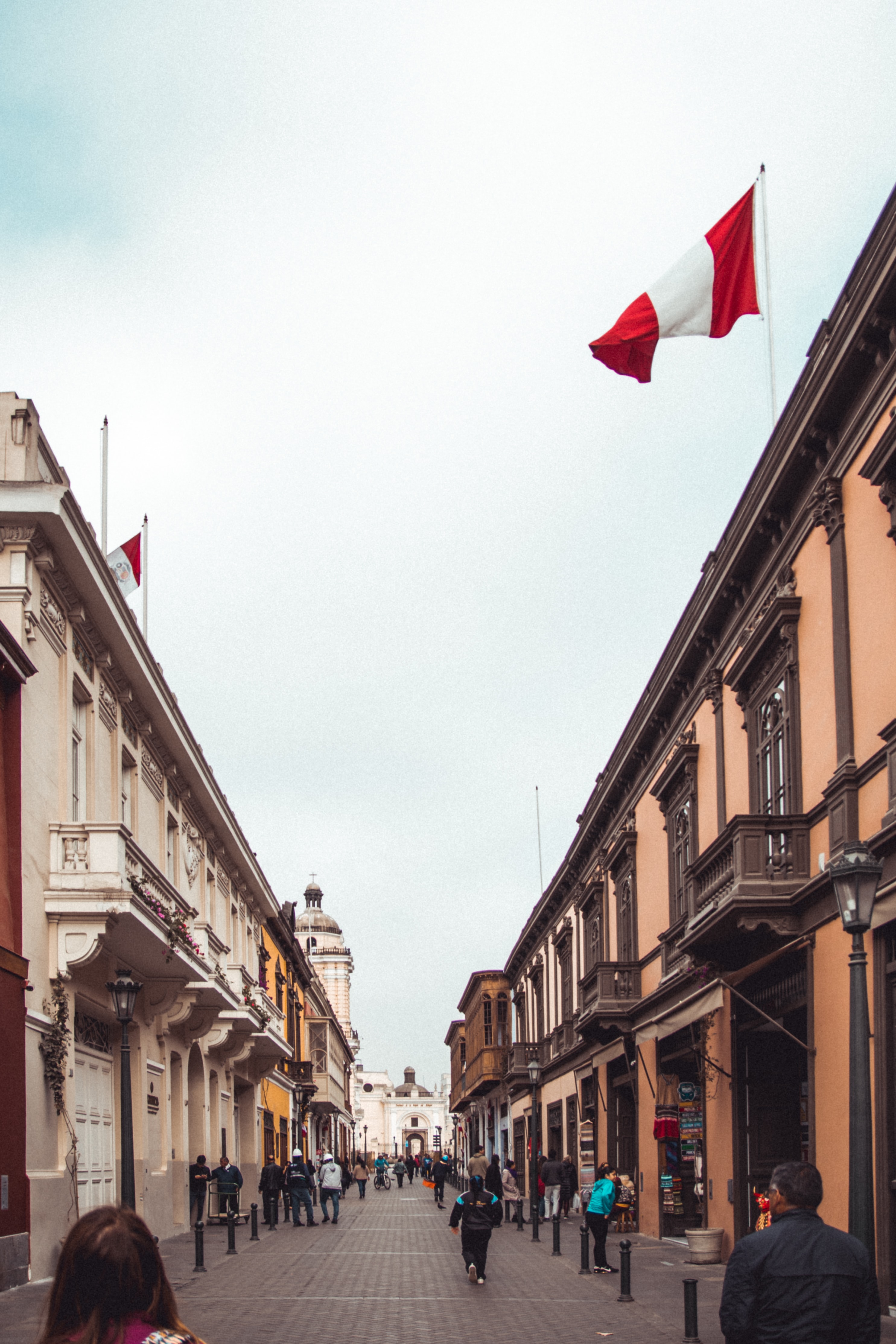The Mayans developed the concept of zero and a complex system of calendars that measured time with astonishing precision.
The Aztecs built aqueducts, dikes and artificial islands -chinampas. The Incas were experts in surgical interventions -trepanation- and did an outstanding engineering job designing a system of roads that connected their vast empire. Although Pre-Columbian civilizations in Latin America developed groundbreaking technologies and achieved a level of knowledge worth a Nobel Prize today, their educational structure did not contemplate what we understand as a university.
In the western world, the university as a higher education institution that grants undergraduate and graduate degrees was born in Bologna, Europe, around the 11th century (Bologna University, founded in 1088). This was followed by Paris (1150), Oxford (before 1167), Cambridge (1209), and Salamanca (1218), pioneering universities that still persist today.
Salamanca University would step strongly on Hispanic American soil and supply its scholars as agents of transmission of the Salamanca institutional model, thought, style and culture that shaped the basic structure of universities in Hispanic America. The University of Alcalá de Henares’ model would also be fundamental in creating Hispanic American universities because of its particular relation to Salamanca University. Salamanca was an independent university that inspired a series of higher education colleges or colegios but did not have total control over them. The colegios were operated by military, secular and religious orders that aimed at providing high quality education, which meant that the colegios’ organizational structure required the coexistence and collaboration of two institutions, consequently distinguishing themselves from the basic concept of a university per se. This hybrid model was highly functional for the Crown, which benefited from this partnership in two ways: it favored the instruction needed to fill positions at the administrative, judiciary and ecclesiastic levels while being less expensive. One of these Colegios, San Ildefonso, was founded and supported by Cardinal Cisneros, archbishop of Toledo under the bull granted by Pope Alexander VI in 1499.
The Colegio Mayor de San Ildefonso was the finest example of a college-university with a close relation between Salamanca University and the Catholic church. It opened its doors with seven scholars from Salamanca University and one of them, Pedro de Campos, was its first president. San Ildefonso later became the University of Alcalá de Henares. This dual formula that gave birth to convent-universities, college-universities and seminary-universities perfectly fit the ambitions of the Crown and the church in the colonization of Hispanic America.

1- The University of Santo Domingo, Dominican Republic (1538)
When the Dominican Order got the University of Alcalá de Henares’s approval to develop a convent-university, the University of Santo Domingo became a model that would be replicated in the rest of Hispanic America, mainly by the Dominicans, Jesuits and Augustinians. The University of Salamanca was the model to follow in the founding bull dated October 28, 1538. Consequently, the University of Santo Domingo was granted the privileges of both Salamanca and Alcalá de Henares. The university, today Universidad Autónoma de Santo Domingo, was in the Dominican Order’s hands until the French arrived at the end of the 18th century.

2- The University of Lima, Perú (1551)
Founded by the Dominicans, it was the first continental university and the most influential on its sister universities in the Southern Cone region. Its mission was to guarantee colonial order and develop knowledge, training new leaders for the ecclesiastic and colonial administration. It changed its name to Universidad Nacional Mayor San Marcos in 1574. It was highly committed to excellence and faithful to its alma mater, the University of Salamanca; therefore, its scholars gained the same honors and privileges as their peninsular counterparts through the royal decree of 1698.

3- University of Mexico (1551)
The Real y Pontificia Universidad de México, now the Universidad Nacional Autónoma de México (UNAM) and a smaller religious offshoot, the Universidad Pontificia de México, is the second university founded in continental Hispanic America, which mainly influenced the northern and Antillean regions. It was one of the two academic heads in Hispanic America together with the University of Lima. As in the other two, its alma mater, the University of Salamanca, had a strong presence through its founders, scholars and mentors. For instance, its first president was Don Antonio Rodríguez de Quesada, from Salamanca University and Pedro Farfán, the main representative of the Salamanca model, was the author of the Mexican academic law that also inspired other universities.
The Franciscan friar Juan de Zumárraga, the first bishop of New Spain, together with Antonio de Mendoza, Viceroy of Mexico, requested the creation of the university, which was granted by Phillip II on September 21, 1551. It so perfectly reproduced the essence of its alma mater that it got funding from the Crown worth one thousand pesos in gold annually.
Dominicans and Augustinians, such as the Dominican friar Bartolomé de Ledesma y and Augustinian friar Alonso de la Veracruz, were involved with the university’s advancement, mainly in teaching.
In colonial times, between the 16th century and the beginning of the 19th century, 31 universities were created in Hispanic America, among which the first 10 were:
1-Santo Domingo, Dominican Republic (1538);
2-San Marcos de Lima, Perú (1551);
3-México, México (1551);
4-Charcas en La plata o Chuquisaca, Bolivia (1552);
5-Santiago de la Paz, Dominican Republic (1558);
6-Tomista de Santa Fé de Bogotá, Colombia (1580);
7-San Fulgencio de Quito, Ecuador (1586);
8-Nuestra Señora del Rosario, Santiago de Chile, Chile (1619);
9-Javeriana de Santa Fé de Bogotá, Colombia (1621);
10-Córdoba, Argentina (1621).
References:
The University of Texas at Austin, The origin of universities
https://www.la.utexas.edu/users/bump/OriginUniversities.html
García Guadilla, C. (2008). Pensadores y forjadores de la universidad latinoamericana IESALC-UNESCO / CENDES / Bid & Co editores CA, page 57,
http://beu.extension.unicen.edu.ar/xmlui/bitstream/handle/123456789/298/Pensadores%20y%20forjadores%20de%20la%20universidad%20latinoamericana.pdf?sequence=1&isAllowed=y
Pérez San Vicente, Guadalupe. Estudios de historia novohispana. Instituto de investigaciones históricas, UNAM.
https://historicas.unam.mx/publicaciones/revistas/novohispana/pdf/novo07/0082.pdf
Portal de Archivos Españoles- PARES. Universidad de Alcalá-Colegio Mayor San Ildefonso-
http://pares.mcu.es/ParesBusquedas20/catalogo/description/1751787
UNMSM. Historia
https://unmsm.edu.pe/la-universidad/historia#:~:text=El%20origen%20de%20la%20Universidad,actual%20Convento%20de%20Santo%20Domingo.
UNAM, Cronología Histórica de la UNAM, https://www.unam.mx/acerca-de-la-unam/unam-en-el-tiempo/cronologia-historica-de-la-unam
Universidad Pontificia de México. Historia
https://pontificia.edu.mx/#elementor-action%3Aaction%3Dpopup%3Aopen%26settings%3DeyJpZCI6IjcwMCIsInRvZ2dsZSI6ZmFsc2V9